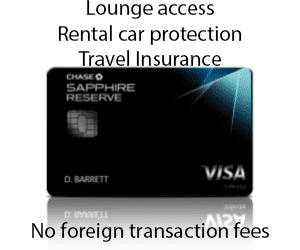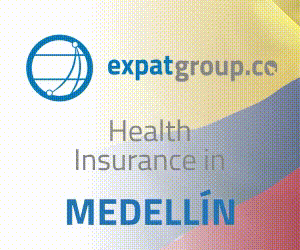Fitch: Colombia’s 4G Highway Project Creates Opportunities And Challenges For Domestic Banks
Colombia’s transformational 4G highway overhaul project creates business opportunities for local banks, but with those opportunities come funding challenges, says Fitch Ratings. The most significant challenge for 4G is attracting a broad range of international financing. Fitch believes that a funding split of 1/4 international and 3/4 local would limit the potential for larger commitments by Colombia’s banks.
Above photo: The highway between Bogotá and Villavicencio (photo credit: Loren Moss)
The first two of three phases for the 4G highway plan requires approximately $15 billion USD in financing. Local banks are expected to fund up to half of that amount. Fitch analysts see Colombia’s banks holding enough capital to withstand a high growth rate of 4G project loans under such a scenario.
Large Colombian banks such as Bancolombia, Banco de Bogota and Davivienda, along with midsize banks such as Corpbanca, Banco de Occidente, and new regional players including BTG Pactual, ITAU BBA and Santander could participate in 4G’s financing. Each of these banks may require some buildup of internal risk management capabilities relating to project management expertise, as the risks of such loans materially differs from traditional lending such as commercial and corporate loans.
Approximately $4 billion to $5 billion USD of the initial need is expected to be executed through the local capital markets, private debt offerings or other arranged financings. Colombia’s outstanding corporate capital market is roughly $15 billion USD, so international funding is important due to potential capacity constraints with local capital markets, says Fitch. Direct investments from the local pension funds will complement other sources of funding.
The ability of Colombian banks to attract foreign investment will be aided by the recent change to local laws that now allow banks to float bonds in foreign markets. On the other hand, nervousness about US interest rate hikes could be influential on international appetites for emerging market paper.
Another variable is the Colombian government’s completion of the sale of its stake in the state energy company ISAGEN, the proceeds of which are earmarked for Colombia’s government development bank Financiera de Desarrollo Nacional (FDN). FDN is a designated lead arranger in 4G financings and will use the proceeds to support its 4G lending plans.
FDN projects that it will boost its own overall lending by 500% during through 2016. If FDN secures additional sources of third-party funding, the loan portfolio could climb to $750 million in the next two to three years, up from $56 million today. The agency raised $270 million in equity to prepare for making 4G loans. More capital may be raised from other multilaterals. Fitch expects FDN’s capitalization to decline, but remain adequate even in a very high loan growth scenario. Banco Agrario de Colombia, a government-sponsored bank, is expected to work with FDN to supply direct credit.
In order to accommodate the expected high loan growth in anticipation of 4G, Colombia’s regulators have amended concentration limits for infrastructure projects, lifting the limit up to 25% of the regulatory capital. In practice, Fitch expects local banks will hold project exposures to a manageable range of 12% to 15% of total loans to be disbursed over the medium term.






















